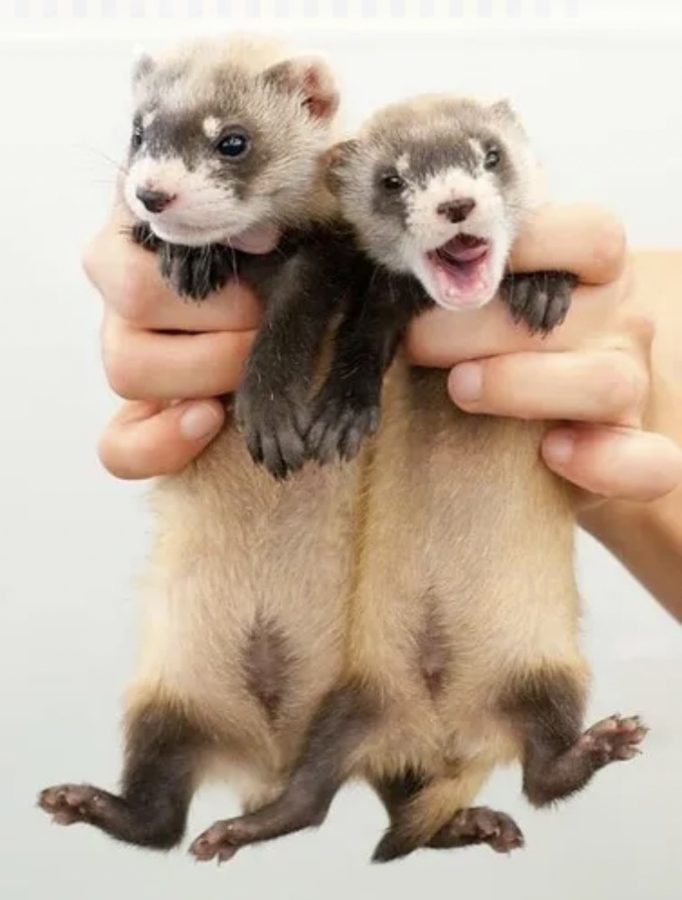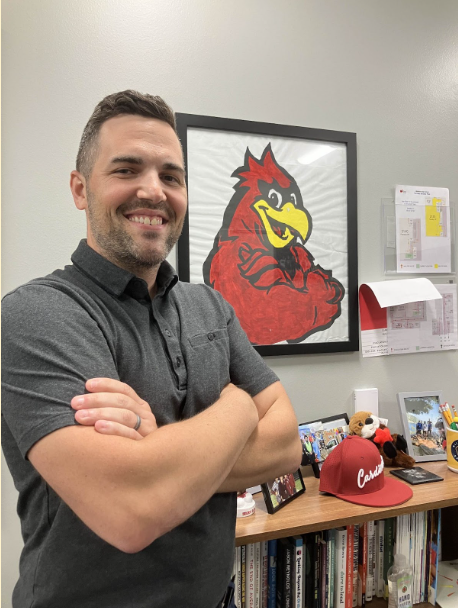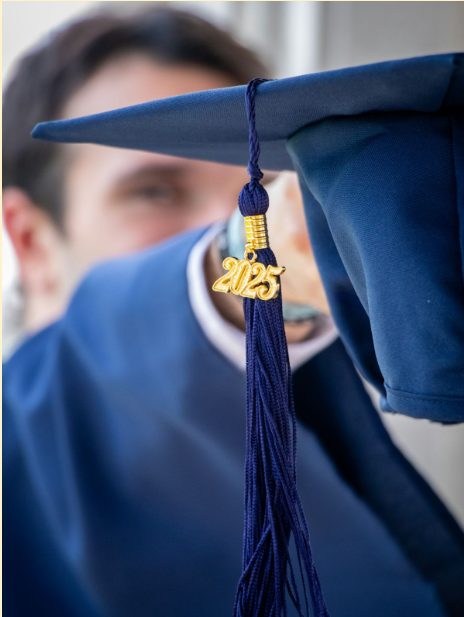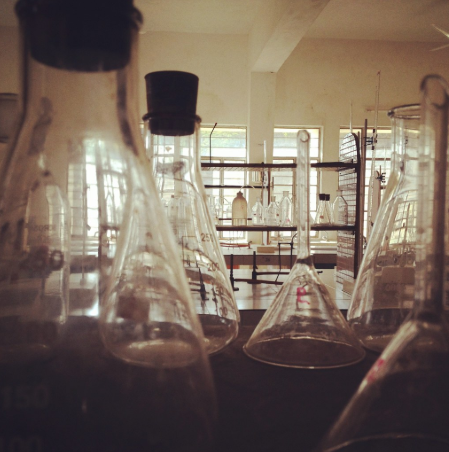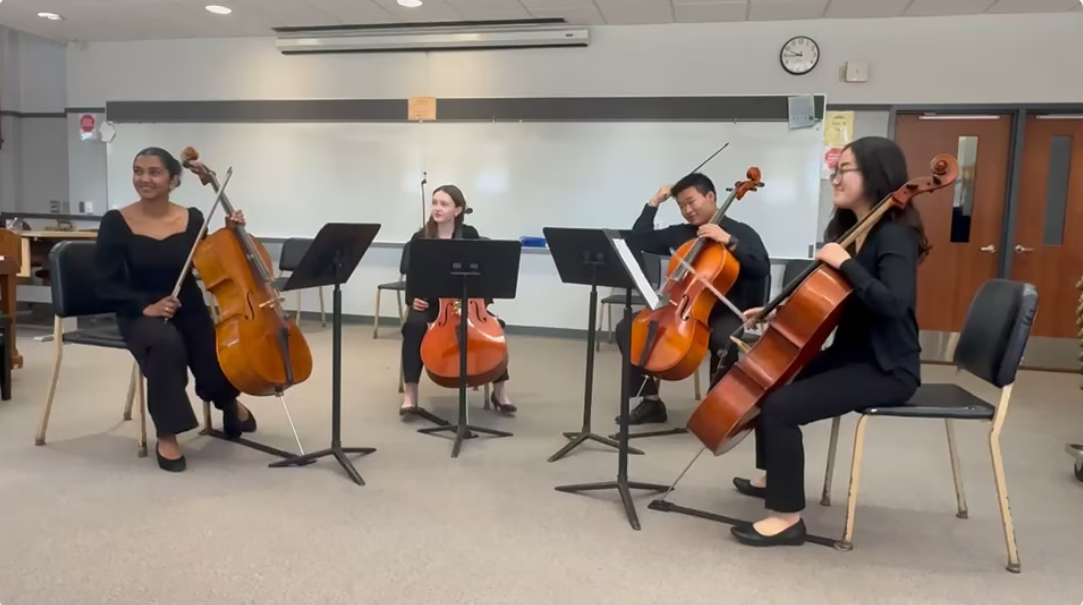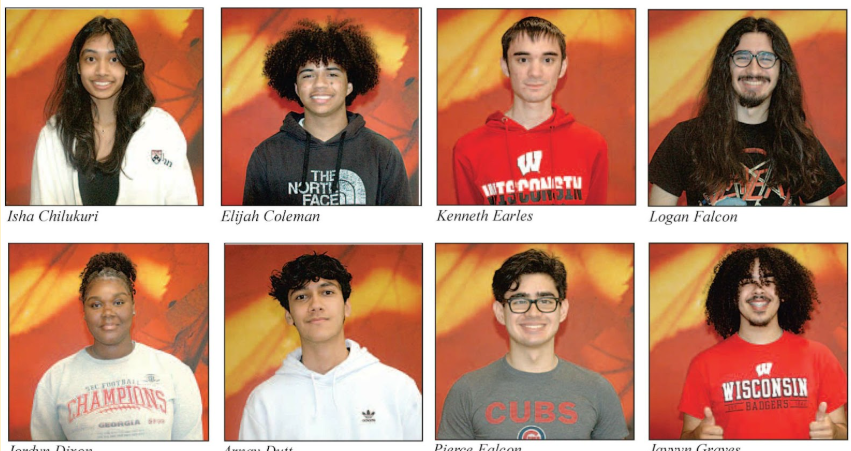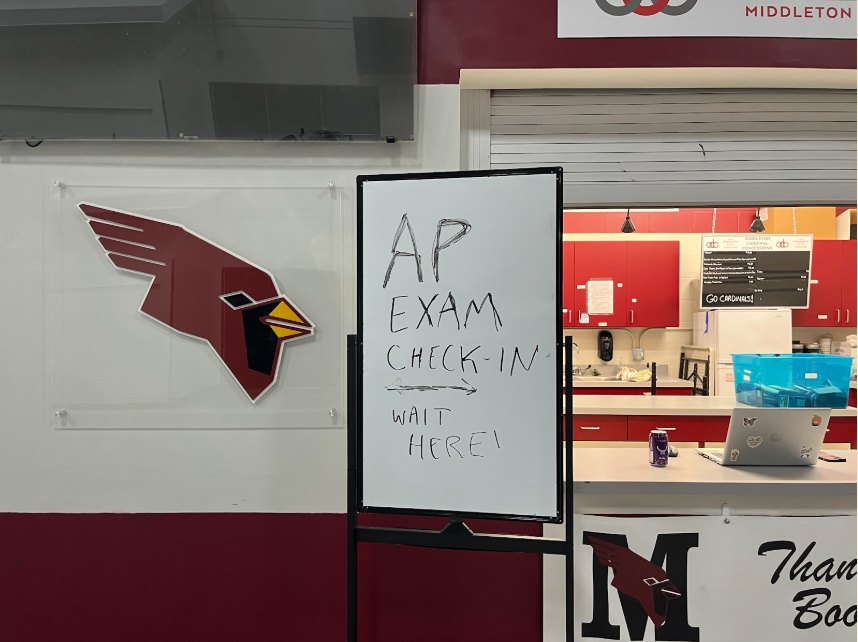Why Clones Could Be Key to Saving the World
In February 2021, scientists used preserved genes from 1988 to clone a black-footed ferret named Elizabeth Ann. The birth of Elizabeth Ann marks a milestone in cloning, as well as a turning point in the advancement of conservation using biotechnology.
April 30, 2023
1,000,000: the number of Earth’s species that may disappear before our eyes in the next few decades, according to a recent report from the UN on sustainable development. While we continue to mine the Earth to our benefit, the rate of endangerment of animals skyrockets and there is seemingly no end in sight.
As wildlife dwindles, what is really lost is the world’s beauty, says renowned ecologist Carl Safina from Stony Brook University. With his groundbreaking work in defining the importance of the relationship between humans and the natural world, Safina is amplifying the call to pursue innovative ways to conserve at-risk species.
Conservation efforts in the U.S., spearheaded by the U.S. government with support from some private organizations often fall short. From protecting natural land to reducing ocean pollution, the most effective way to protect wildlife remains to pass laws that set guidelines on how much we can impede on the Earth. Yet policymakers’ shortsighted concern for the economy by slashing legacy laws directly puts animals and their habitats at risk. But there is a light at the end of the tunnel. Through recent innovations in the process of genetic cloning, endangered species’ populations can be revived.
The black-footed ferret was thought to be extinct until 1981, when a dog brought one home to a rancher in Wyoming. In February 2021, scientists at Revive & Restore, in collaboration with the U.S. Fish and Wildlife Service, cloned a black-footed ferret named Elizabeth Ann using preserved genes from 1988, initiating conservation efforts that are continued to this day.
Elizabeth Ann’s journey was 40 years in the making. She was created through somatic cell nuclear transfer, in which researchers clone animals by transferring an animal’s DNA into a template egg cell, which has had its own DNA removed. The egg develops into an early-stage embryo, which is then implanted inside a surrogate mother, who delivers the clone of the original test animal. Thus, the clone is essentially a copy of the animal whose DNA was inoculated into the egg cell. “Cloning”, per say, is not as scary as it sounds. The process of cloning, through which a genetically identical copy of an organism is created, can be commonly found throughout nature: bacteria, for example, reproduce asexually, so all offspring are identical genetic copies — clones — of the parent bacteria. Contrary to what a dystopian novel might suggest, real-life clones do not act exactly alike. Despite being genetically identical, bacteria have been observed to display individuality in physical appearance and even behavior.
The birth of Elizabeth Ann marks a milestone in cloning, as well as a turning point in the advancement of conservation using biotechnology. With 33-year-old DNA, the ferret developed successfully and opened the door to future cloning of at-risk species. Now, there is a renewed, albeit idealistic, hope in bringing back species such as the passenger pigeon and woolly mammoth. The woolly mammoth, in particular, could help revive ancient tundra grassland, decreasing the release of carbon dioxide to the atmosphere.
Ben Novak, one of the scientists behind cloning Elizabeth Ann, describes how new biotechnology is breaking new ground with conservation efforts through restoring not only original populations, but also reviving habitats and mitigating greenhouse gas emissions.
As for future solutions, the team of scientists at Revive and Restore leads the way in preserving and reviving species. And who knows—in a few years, you might just see a black-footed ferret appear in your own backyard!



